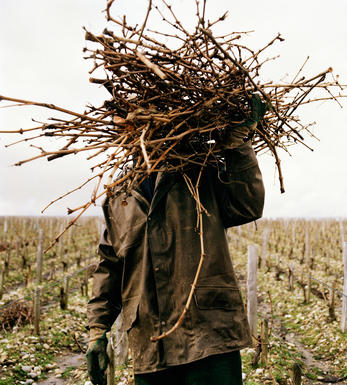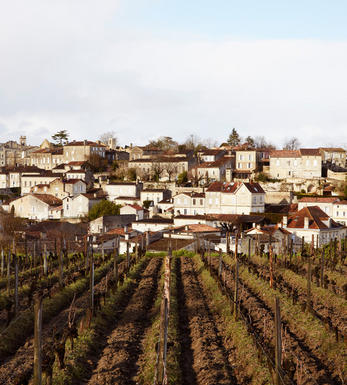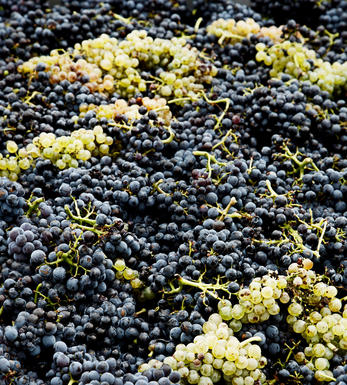
About this WINE

Domaine Saint-Germain

Savoie
The Savoy or, in French Savoie, is an alpine wine region which specialises in local, rare grape varieties, most importantly Jacquère. White wines account for roughly 70% of the total production, of which two-thirds are based on the prolific Jacquère grape, ideal for yielding delicate, easy-drinking, wonderfully light and refreshing wines with a crisp, clean minerality.
Chardonnay is grown in some areas, but the most interesting white grapes are Altesse, labelled as "Roussette de Savoie" and the Rhône's Roussanne, locally known as Bergeron.
Savoie also counts a number of obscure local white grape varieties with tiny production levels: Molette in Seyssel; the etheral Gringet (descending from the Traminer family) in Ayze, the locally known Malvoisie (Veltliner Rouge) and Mondeuse Blanche (an ancient grape and one of the parents of Syrah).
Gamay dominates the red plantings, Pinot Noir has not found much popularity, but the emerging stars are the Mondeuse Rouge (possibly related to Syrah) and Persan grapes; the latter has recently registered a small-scale revival. Mondeuse, deep in colour, with peppery flavour, and slight bitterness, was traditionally made into a quaffing, delicate, fruity style to target local visitors for quick consumption, but some producers are now experimenting with lower yields for more concentration and oak maturation for better structure and ageing potential.
The appellation encompasses less than 1,800 hectares of vineyards (in 2005) scattered from south of Lac Léman (Geneva) in Haute Savoie, down to the Isère Valley and Chambéry on the borders of the départements of Savoie and Isère. As much as 80% of the production is consumed locally by thirsty alpine skiers and regional inhabitants, leaving very little for export.
The general Vin de Savoie appellation (which covers the entire region) is further complimented by 17 local Crus, including Chautagne , Jongieux, Crépy and Seyssel (the latter has forged a reputation for sparkling wines and still Altesse whites). Roussette de Savoie is a separate appellation for 100% Altesse wines.

Other Varieties
There are over 200 different grape varieties used in modern wine making (from a total of over 1000). Most lesser known blends and varieties are traditional to specific parts of the world.



Buying options
Add to wishlist
Description
The nose of this Mondeuse is exceptionally complex with cranberry, red cherries, earth and savoury spice (thyme, perhaps). The palate toys with sourness, then delivers sweeter red fruit towards the finish. The tannins – initially grainy – have become silky with time in bottle. A tremendous alternative to Cru Beaujolais and a winning accompaniment to all manner of dishes, notably charcuterie or tartare de bœuf. Drink now to 2023.
Will Heslop, Burgundy Buying Assistant (spring 2019)
wine at a glance
Delivery and quality guarantee